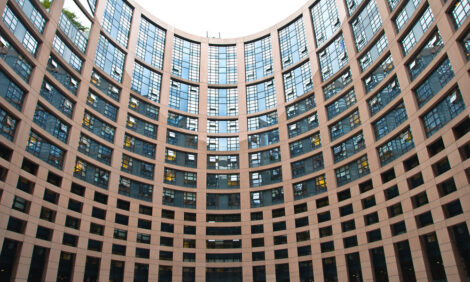



Brazil Hog Markets: Some Recovery at Last
BRAZIL - The market for slaughter pigs has finally turned upwards in Brazil. The last three weeks have seen price increases of the order of 50 to 70 per cent, and the reaction is fairly generalised across the country.In the most southerly state of Rio Grande do Sul, prices have risen from about 90 cents per kg live weight just five weeks ago to US$1.50 last week. This week the price fell by some four per cent but this would seem to be market settlement rather than a new downward trend.
Obviously this increase is very welcome by independent producers, as it has reduced their losses considerably. However, it has gone hand-in-hand with steep increases in the two major feed inputs, corn and soybean meal. Corn had fallen to around US$ 5.30 per bushel has hit around US$ 7.00 and meal is currently nearing US$ 650.00 per metric ton.
The increase in feed costs reflects the global situation, and many countries are buying large quantities of corn and soybean from Brazil, transferring global price increases to the domestic market.
As always, due to the dearth of reliable information, it is hard to pinpoint all the factors involved in the sudden increase in pig prices. However, inevitably a reduction in production by independent producers is one of the explanations. Producers have been producing in the red almost constantly since October 2008. At first the losses were moderate, and the usual producer optimism (“soon it will rebound and I will make serious money!“) persuaded producers to cover their losses and maintain production. However, recently losses became heavy, between US$30 and US$50 per market hog, and many producers were obliged to reduce production and shed animals, just to raise money to feed those that were left.
Recent protests by producers in Brasília, the seat of government, produced a lot of promises of debt relief for producers from the Ministry of Agriculture. However, as is normal, it is taking a long time for these promises to be converted into practical financial help for producers. First the promises had to be approved by the National Monetary Council, and this took a couple of weeks. Then they have to filter down to the bank workers who actually adminster the loans. When the producer sits across the table from his bank manager and is told that no debt relief instructions have been received, agreements at top level bring him no advantage whatsoever. And this is the case at the moment.
Exports continue to trundle along with no great surprises. Reasonably good figures for July improved a worrying scenario, and now YTD totals for 2012 are 3.32 per cent higher in volume but four per cent lower in value than the same period last year. Reduced exports to Argentina, a major customer, have contributed to this situation. Argentina honors its free trade obligations under the rules of Mercosur, which instituted free trade between Argentina, Brazil, Uruguay and Paraguay, by banning imports at the drop of a hat for good old populist reasons. This attitude, and others of a similar vein, are causing severe problems to the Argentine economy. A year ago, gas in Argentina cost half of what it cost in Brazil. Now the prices are similar in the two countries.
The most marked feature of the pork scene is the lack of stability and the impossibility to predict what the future holds. But as it unfolds, we will report it!










